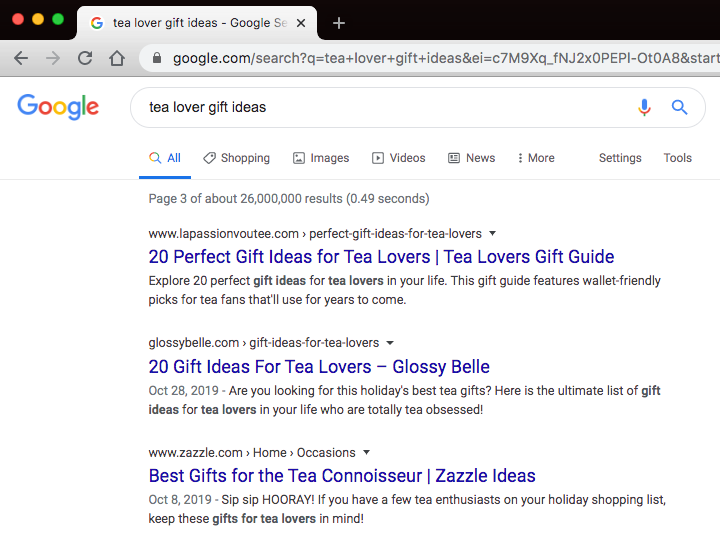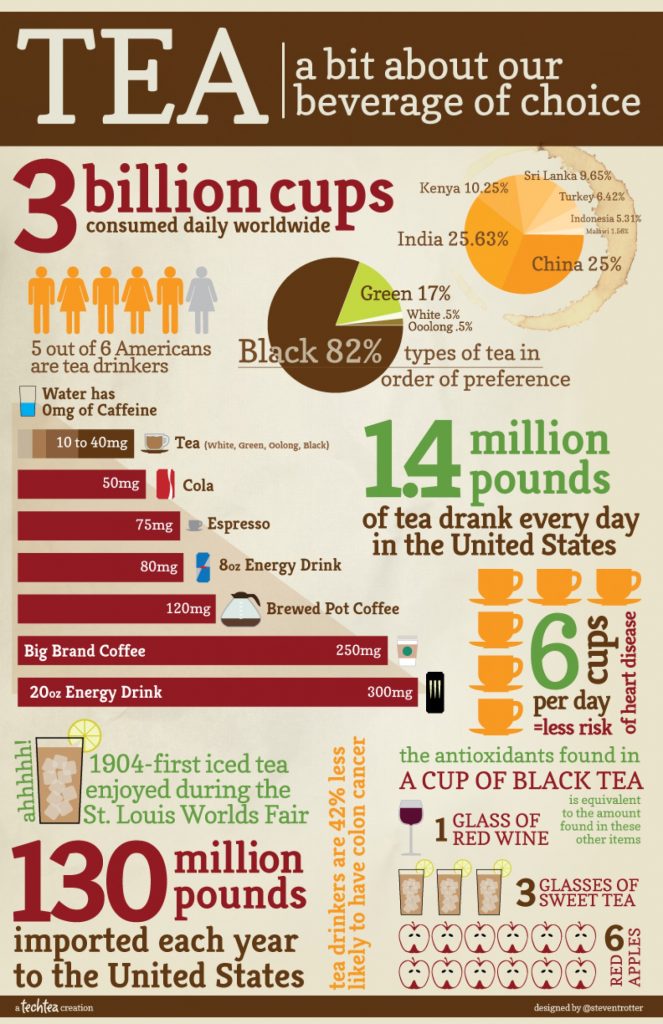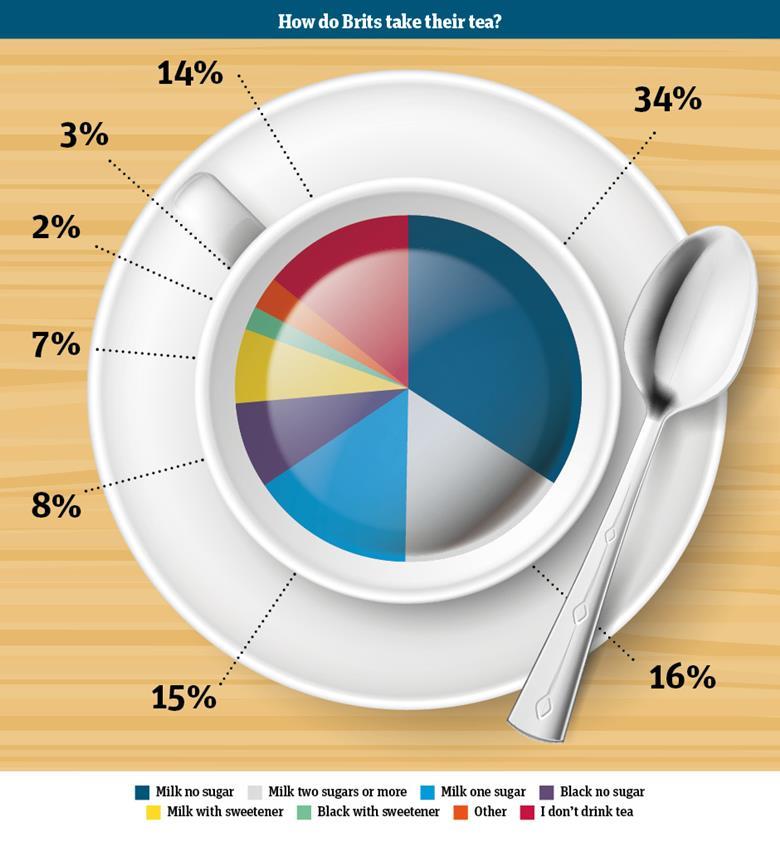Focus on Answering Questions, Not on Keywords
Over the last few years, Google and the other search engines have tried to move away from a steady string of keywords being the dominant manner in which content is ranked and returned in the search engine results pages (SERP) and more toward the quality of the content and how it helps users who come to your site. Are you providing content that answers a query or need for your visitor? Are you giving them information that they would be hard pressed to find anywhere else? Are you giving expert testimony in the field that you are discussing? These are just a few of the ways that content is now being measured.
The days of being able to rank #1 by knowing how to stuff a keyword in the title of your blog post and using it liberally throughout your content are done. There needs to be value in what you place on the web, as there are an overabundance of sites that are trying to rank #1 for a multitude of keywords. Quality of content is most important, not quantity of keywords.
Be Sure to Optimize Your Meta Data
While keywords are losing their importance to the quality of your content, they are still needed to ensure that search engines know what your blog post is about. Where is the best place to use your keywords? Other than in the content of your blog post, you’ll want to put the keyword in the title of your blog as well as the title tag. The meta description isn’t a ranking factor; however, including the keyword in this description is recommended for the user’s search experience!
In case you are not familiar with these terms, the title tag is the clickable link that appears in the SERPs when you type in a query of keyword. You’ll find an example below, using the query “tea lover gift ideas”:

You can see that each result contains a combination of “tea lovers” and “gift ideas” within the title tag. The title tag can also be found on the page when you click through from the SERPs:

Not only will this help tell search engines what your page is about, but it will also tell visitors what they can expect when they click through to your page. Title tags should run between 50-60 characters in order to be fully shown in the SERPs.
The blurb you see below the title tag is known as the meta description of your page. Even though having an optimized meta description isn’t a Google ranking factor, you’ll want to write a strong Call To Action description to entice people to click through to your page. Something like “click here to learn more,” or “keep these gifts for tea lovers in mind!” The meta description is where you let people have a glimpse of what they are going to see when they continue to your site, so make sure to give them enough that they have to click through.
Share Your Content
This may seem like a no-brainer, but it is very important that you utilize social media channels and blogger outreach to spread your blog posts around. Having your content shared is a signal to the search engines that your blog posts, as well as your site/brand, is an important player and is worthy of being ranked high in the SERPs. Now, it will not be instant, but the more valuable content you share the more likely you are to garner retweets, likes, and comments. The more that happens, the more people become aware of your brand and will share it with their friends, family, and coworkers.
This doesn’t mean that every post you make on social media should just be about your content. You should also share content that you find fascinating, or that you feel would be helpful to the community of people you have on your social channels.
Rel=canonical is Your Friend
Once you’ve become big enough, and your blogs are starting to be shared more and more, some bigger sites may ask to use your content. This is fantastic! One potential drawback of this, however, is the bigger site may begin to outrank you for a piece of content you worked hard to develop. How can you prevent this? By asking them to use the rel=canonical tag. This HTML tag helps search engines determine who the actual owner of this piece of content is, and in turn, gives them the proper credit for it. This is also important if you ask to use a piece of content from a site. Making sure that content writers know they can trust that you are helping them instead of outranking them for content they spent a lot of time developing can go a long way toward building a great reputation for your site.
You can find more information on the rel=canonical tag in the help section of the Google Search Console.
Make Your Blog Visual
One of the best ways to make content that people will view and share is to do more than just write a long blog post. You also want to add visuals where applicable to break up a long stretch of content, or to have different content types on your blog. You can create an infographic, like the one below:

Or you can have data visualized in a chart:

Didn’t those visuals just make this particular tip even more enjoyable? Of course they did!
These are just a few of the ways in which you can help the SEO value of your blog and create a brand that is known and shared on the Internet. So start working on new blog posts and take advantage of those tips to begin ranking better and having your content shared!
Nicole is our Content Strategist. She enjoys long walks to Taco Bell, rollerblading into the sunset, and eating Reese’s Cups for breakfast, lunch, and dinner. Find her writing about iPhone cases, holiday card messaging and even music festival tips!




Thanks for the good seo Zazzle tips.